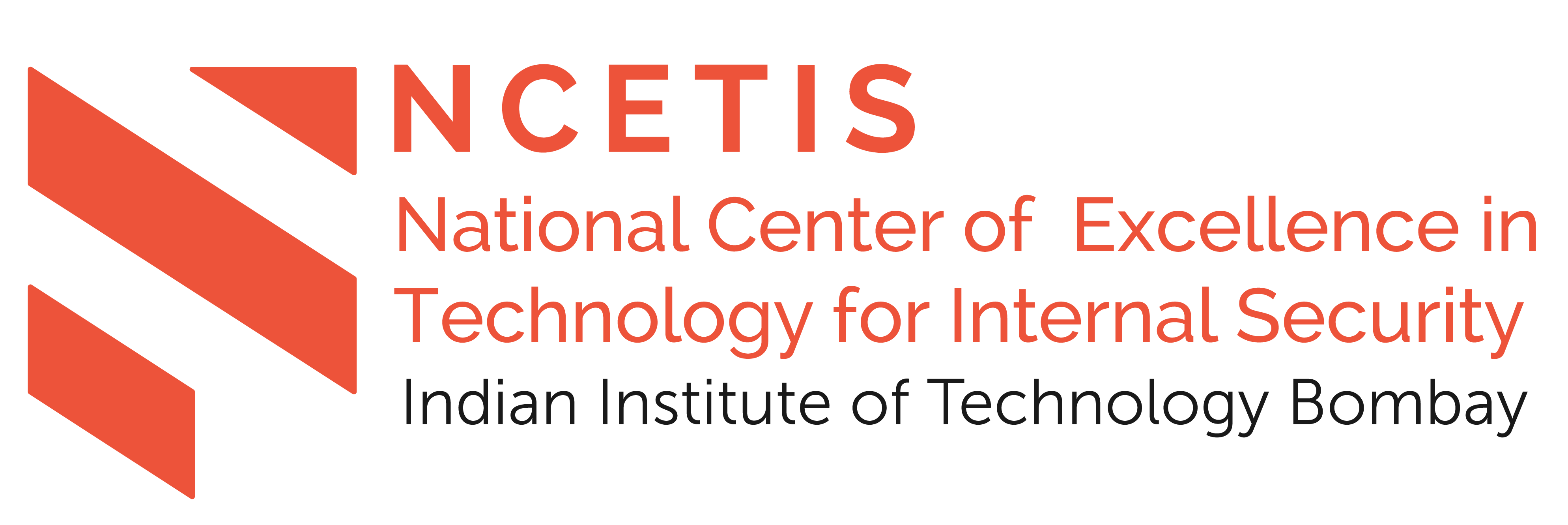Unmanned Systems
By Mr. Arasu Venkatesh, AGM-Product Development at L&T Defence, and Mr. Koustubh A. PhalnikarJoint General Manager- Product & Technology Development in L&T Defence.
Abstract:
Unmanned Systems Development is a rapidly evolving area, with potential to cover a wide spectrum of applications and system operating ranges. Efforts are centered around developing systems with an open architecture that can be adapted to both civilian and military markets.
Unmanned Ground Vehicles (UGVs) offer a range of sensing and intervention capabilities in demanding environments. The light weight, small size vehicles with high agility and off-road capabilities can be specifically designed to carry out inspection of terrain, culverts, homes, caches or undersides of vehicles in search of IEDs, suspicious packages or hidden triggering devices. From small, hand held bots equipped with high resolution cameras that aid dismounted soldiers in any demanding covert operation, to quickly deployable medium sized, robotic systems equipped with a modular Plug & Play architecture allows the user to mount a wide range of payloads and sensors from manipulator arms, to detection and neutralization sensors as dictated by the tactical situation on the ground.
Through in-house developments and by partnering with established academia and technology houses, Indian industry has come a long way towards developing various classes of Unmanned Aerial Vehicles (UAVs) that offer a wide range of surveillance and lift capabilities. From high endurance Tactical UAVs equipped with high resolution sensors that provide a complete picture of the ground, identifying threats and movement of the enemy on the ground from a safe stand-off, to Autonomous Heavy Lift Copters that aid in the movement of mission critical material to forward operating positions over the battle field, UAVs have seen tremendous interest in the last decade.
Unmanned Surface Vessels (USVs) solutions available today encompass both, supply of technology kits that can be retro-fitted to existing watercraft, making them completely autonomous with the ability to be remotely controlled over vast ranges; as well as supply of highly maneuverable autonomous craft equipped with stabilized weapons systems, surveillance systems and electro-optical tracking systems capable of monitoring both day and night by using infrared vision. USVs offer a greater capacity for surveillance, identification and interception compared to traditional coastal surveillance systems.
While the role of the industry partner is primarily as a systems integrator for the complete platform, the academia is best poised to work on more fundamental aspects related to sensor and payload development, to keep pace with emerging trends in this area and to truly fulfill the national mission of Atmanirbharta.
Biography:
Mr. Arasu Venkatesh is presently working as AGM-Product Development at L&T Defence, Powai. His role entails deep diving into end-user problem statements and generating technical solutions. As a Systems Engineer he has undertaken the journey from drawing board to sea-trials of multiple AUV systems.
His qualifications include a B. Tech (Mech.) from SRM-IST in 2007, followed by a course in General Management from IIM-Ahmedabad in 2013. He is also a certified CMMI Associate committed to improving the capability and performance of L&T Defence in the Development of Products and Technologies. He is associated with the development of several unmanned underwater systems. He is also involved in the technology absorption & dissemination, indigenisation and obsolescence management. Mr. Venkatesh has collaborated with CSIR and DRDO laboratories, academic institutions, as well as international technology houses and has also contributed to the development of land-based rocket launchers, ship borne decoy launchers, surveillance & tracking systems.
Mr. Koustubh A. Phalnikar is presently working as Joint General Manager- Product & Technology Development in L&T Defence at Powai. Mr. Koustubh’s role involves new product development of Land, Naval and Flight Systems such as Missile & Rocket launchers, Torpedo launch systems, Artillery & Air Defence guns, Autonomous Underwater and Aerial vehicles and Marine Propulsion. He joined L&T in August 2007. Prior to this, he was based in the USA, for eight years, where he obtained his Master’s Degree in Mechanical Engineering (Florida State University) with a specialization in Fluid Mechanics, and subsequently worked in the area of R&D for the biotech and clinical diagnostic industry in Maryland. He is a co-inventor on seven US Patents, one European Patent and one Canadian Patent in the field of electro- chemi-luminescence.
